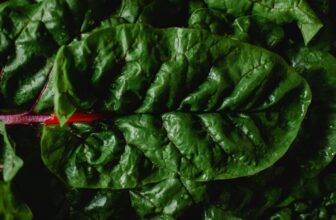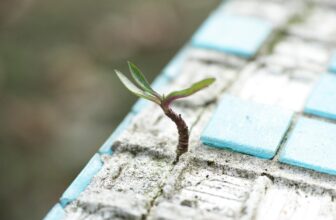
There are many reasons why you may be faced with the task of survival at sea. The ship or plane you were on could be sunk or hit. Rescue boats, rafts, and aircraft have the appropriate equipment used in emergencies at sea. You need to know this, as well as know where it is situated and how to use it. Make sure there is fishing tackle. In a rescue boat, familiarize yourself with the rescue equipment, the rules for leaving the boat, and how to behave on a rescue boat.
On the ship
A quick transition to a life-saving appliance must be prepared in advance. On a sunny day, it is safer on deck than in a cabin. It is safer to stay closer to the deck. Always have on you or with you something buoyant enough. When you go to bed, put a flashlight and an emergency supply ready next to you.
Overboard
It is easier to swim without your shoes on. If the shore is not visible, keep your clothes on: you will feel warmer. To delay the onset of hypothermia, you need to keep your head above the water. The head is the most heat-producing part of the body. At a water temperature of 4 degrees, the survival time is 30 minutes. At a temperature of 10 degrees, 2 hours if you swim and 4 hours if you “shrink” and do not move. If you pull your knees up to your stomach and fold your arms on your chest, you will lengthen your survival time by 50%. Movement in water (as opposed to movement in air) does not contribute to warming, but vice versa.
At a temperature of 10 degrees, good swimmers can swim up to 1.5 km before the onset of hypothermia, bad swimmers – no more than 100 m. If you are not alone in the water, gather in a dense pile. You will warm each other, and, in addition, you will become more noticeable. The chance of being attacked by sharks is very small compared to the danger of drowning or dying from hypothermia.
Water
Rain, ice, and animal body fluids are the only natural sources of water in the sea. Sea water is not potable. It increases thirst and increases water loss by taking body fluid from the tissues and excreting it through the kidneys and intestines. To collect rainwater, use buckets, cups, tin cans, a sea anchor, a boat cover, sails, pieces of clean cloth, and any fabric in the boat. Prepare water collection devices before they are urgently needed.
The sea ice loses its salt and becomes a good source of water only in a year or so. This “old” ice usually has rounded corners and a bluish tint.
You can get drinking water from seawater if it is cold enough. Collect seawater in a container and let it freeze. Since fresh water freezes faster, the salt is concentrated in the middle of the frozen water as a mushy mass. Take this salt out, and the remaining ice will be fresh enough to keep you alive.
Survival Food
The sea is rich in food. Try to catch some fish if you have the appropriate gear. Almost all freshly caught marine fish is tasty and healthy, cooked or raw. Also, you can try to find some edible organisms in seaweed. However, raw seaweed is tough, salty, and indigestible. They absorb water contained in the body, so eat them only if you have enough drinking water. Algae, however, are an essential element for survival, as small edible crabs or shrimp are commonly attached to them. Use any objects to capture the algae. To find edible organisms in them, shake the algae above the boat.
Dry land signs
Clouds and certain distinct reflections in the sky are the most reliable indicators of the proximity of land. Small clouds hang over the atolls and can hang over coral formations and hidden reefs. Fixed clouds or cloud crests often appear around the tops of hilly islands or coastlines. They are easy to recognize. Other air indicators are lightning and reflections. In certain areas, early morning lightning indicates a mountain range, especially in the tropics. In the polar regions, a well-defined bright spot against a gray sky is a sign of hummocky ice fields or coastal ice in the middle of free water.
Land sounds may come from seabirds, ships, or other civilizational noises. Another sign of land is an increase in the number of birds and insects. The proximity of the dry land is also indicated by smells carried by the wind over very long distances. This circumstance is important to keep in mind when sailing in heavy fog or at night. A large amount of floating wood debris and vegetation means approaching the coast.
We sincerely wish you would not get into shipwrecks and other unpleasant situations at sea. However, if this happens, the knowledge gained will help you a lot. Stay safe!




